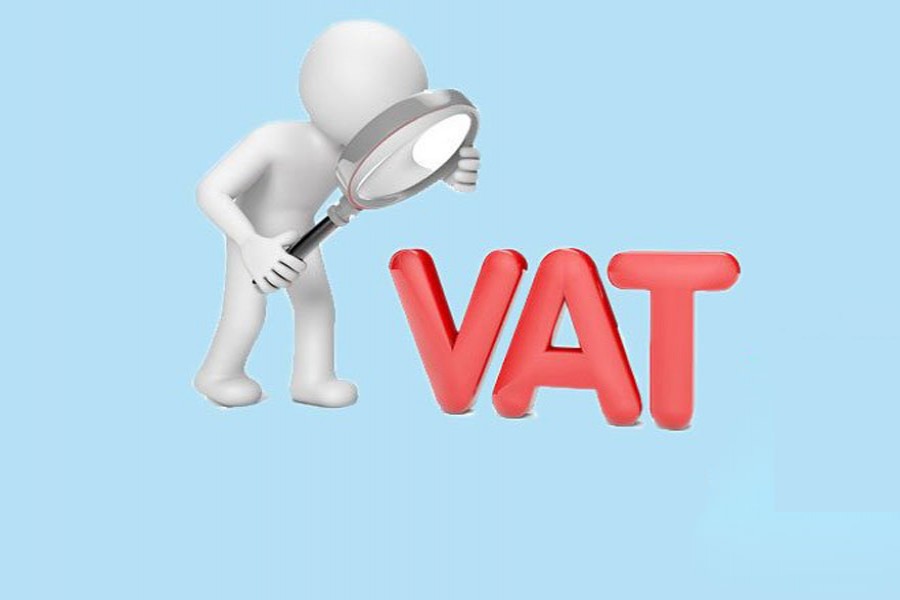Every tax has a base to apply, a time when it becomes payable, and a time when actual deposit to the government treasury is to be made. This is the normal course of the administration or collection of any tax. When for various reasons, it becomes challenging to collect tax in this normal course, then tax authorities search for the source of the money and try to collect tax from source. This is the background of source deduction of tax. Though, source deduction of tax is a distortion of the normal method, it is widely applied even in developed economies because it is easy to administer and its return is very high.
Source deduction is widely applied in income tax. With the apprehension that employees may not declare their total income, the tax authorities ask the employers to deduct tax at source from the salaries of the employees. In our country, at present, almost 55 per cent of the total collection of income tax is collected at source. In the last couple of years, about 35-40 per cent of the total local VAT was collected at source. This amply indicates how important it is to go for source deduction method and to remain on the right path along the principle of source deduction.
VAT is a consumption tax, it is paid by the ultimate consumers. We consume goods and services, so VAT is applied on goods and services, when they are sold or delivered. Basically, there are three stages where VAT is applied on goods; those are import stage, manufacturing stage and trading stage. With regard to service, there is only one stage i.e. service rendering stage.
In the normal course of VAT collection, at import stage VAT is collected when goods are released for home consumption, at manufacturing and trading stages when goods are sold or delivered. And in case of services, when service is rendered. Now, let us review these four stages to identify the extent of challenge in each stage. At import stage, there is little challenge of VAT evasion. Other than VAT, many other taxes and charges, namely: customs duty, regulatory duty, Advance Income Tax (AIT), documents processing fee etc are collected at import stage. So, while collecting those taxes it is easier to collect VAT too. Moreover, at the import stage, goods remain under the custody of government authorities. So, no scope of source deduction of VAT arises at import stage.
At manufacturing stage, there is a little more risk compared to import stage. At this stage, there is no direct physical control of the regulatory authorities. Since VAT is a self-clearance system, VAT is calculated and deposited by the manufacturer after manufacture and sale of goods. VAT authorities can go for inspection and audit if needed on risk-management basis. At trading stage, the risk of VAT evasion is a bit more compared to the manufacturing stage. There are many points of collection rendering it susceptible to evasion. There are about 2 to 3 million trading places throughout the country as against a few thousand VAT officials countrywide. Moreover, VAT offices have not yet been opened outside the district headquarters. However, at every trading place there is an establishment and for small traders there are provisions for exemptions.
The last stage is service delivery stage. This stage is more prone to VAT evasion. At this stage, we do not find enough establishments. Sometimes service renderers remain outside the eyes of the regulatory authorities. However, at this stage, there are some services where there are establishments such as mobile phone operators. So, on such service, adoption of VATT deduction at source (VDS) method is not required. The services with poor visibility like consultancy service require application of VDS method for ensuring revenue.
On the basis of the extent of possibility of evasion as mentioned above, services are listed which are more prone to VAT evasion and some goods are determined on the same basis and VDS mechanism is applied on those services and goods.
The current VDS method enshrined under the new VAT regime is a sharp departure from the above principle. As per current procedure, all goods and services which attract 15 per cent VAT require no VDS. But there are many services attracting 15 per cent VAT that are prone to VAT evasion. We can name few: services of decorators and caterers, survey organisations, consultancy firms and supervisory firms, lawyers, rent-a-car, architects, interior designers, graphic designers, miscellaneous services etc. These services require application of VDS method.
Although VDS is a distortion, it is a necessity. But the basic principle is that VDS method is to be applied to such areas which are prone to evasion. A departure from this principle will result on the one hand in non-collection of VAT from risky sectors which would have been collected had VDS method been applied and on the other, collection of VAT through VDS mechanism from the regular sectors which would have been collected in normal course.
In the light of the foregoing, thoughts require to be given anew on the current VDS procedure. Standard VDS procedure requires following few precepts. First, VDS should be applied on a list of services prone to evasion. Second, with regard to the services other than those listed services and goods, if there is proper VAT invoice there shall be no VDS but if there is no proper invoice there shall be VDS. A realignment of current VDS procedure along these precepts is an urgent need.
Dr. Md. Abdur Rouf currently works at a World Bank-financed VAT-related project as a Specialist.
The opinions expressed in this article are his personal.


